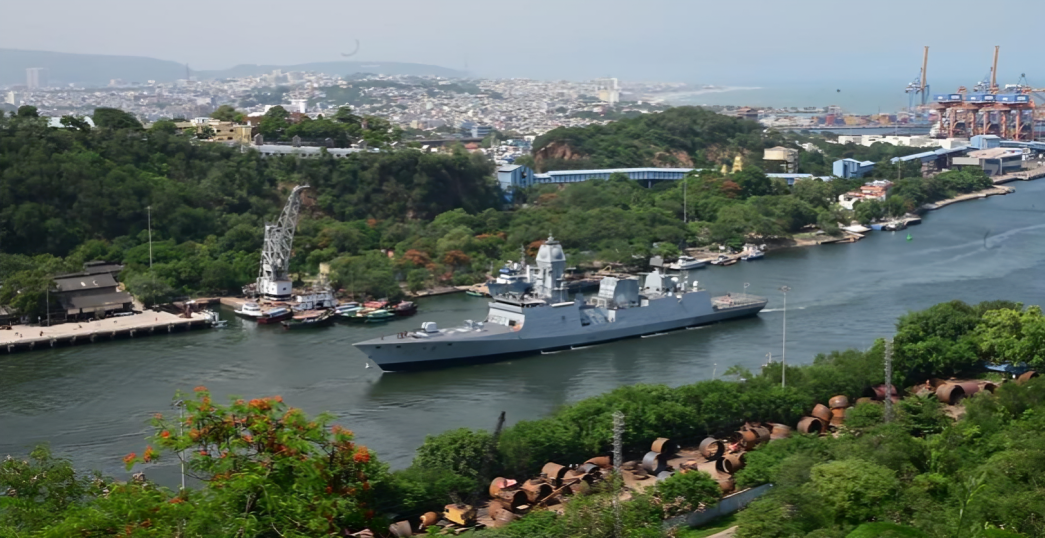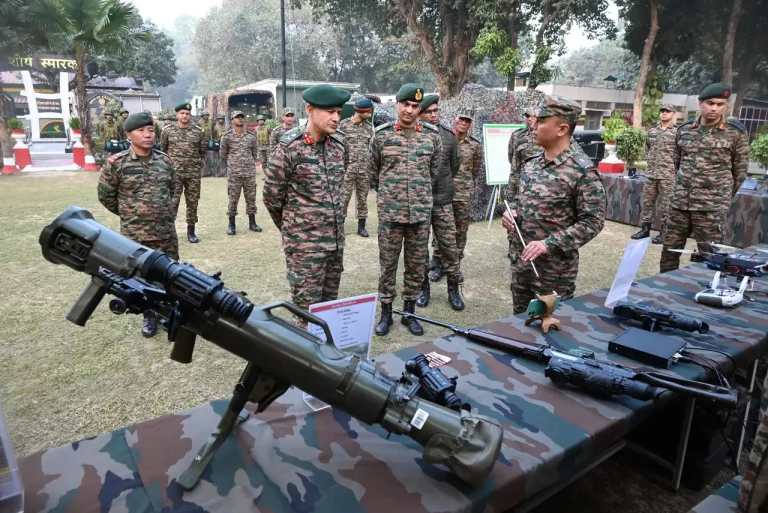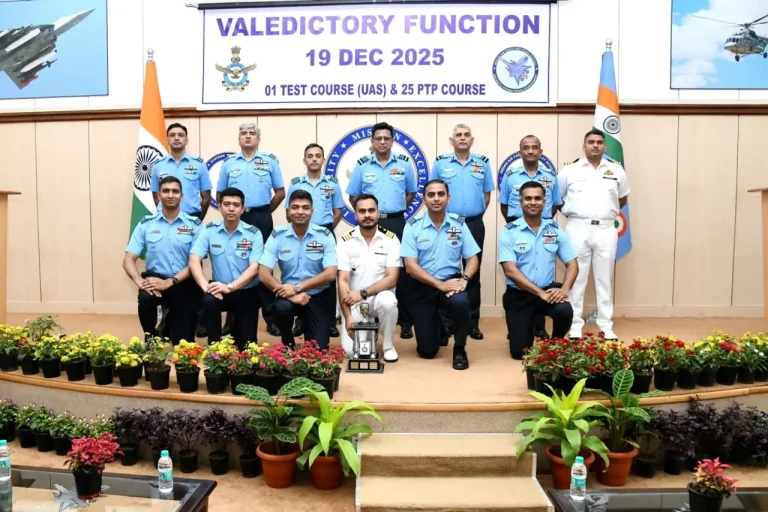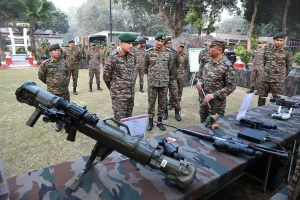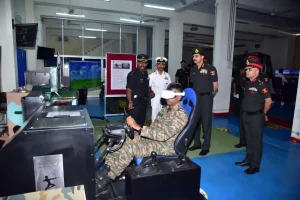In a significant enhancement to India’s maritime capabilities, INS Nilgiri, the first indigenously developed Project 17A stealth frigate, has officially joined the Eastern Naval Command (ENC) and made Visakhapatnam its home port. The induction ceremony was marked by full naval honors, underscoring a key milestone in the Indian Navy’s efforts to bolster its blue-water operational reach and strategic deterrence.
INS Nilgiri belongs to the Project 17A series, a class of advanced guided-missile stealth frigates that have been designed and constructed by Mazagon Dock Shipbuilders Limited (MDL) in Mumbai. With its cutting-edge naval architecture and stealth features, the vessel epitomizes India’s increasing self-reliance in defense production and aligns closely with the national initiative of Aatmanirbhar Bharat, or self-sufficient India.
Equipped with multi-role capabilities for anti-air, anti-surface, and anti-submarine warfare, INS Nilgiri boasts a displacement of approximately 6,600 tonnes. It features advanced surface-to-air missiles, torpedoes, modern radar systems, electronic warfare suites, and an integrated platform management system. Its stealthy design significantly reduces radar cross-section, thus minimizing detectability to enemy sensors.
The strategic deployment of INS Nilgiri marks a reorientation of India’s naval assets towards the eastern seaboard, where the Eastern Naval Command is charged with protecting the nation’s maritime interests in the Bay of Bengal and beyond. The addition of this modern warship enhances the ENC’s operational flexibility, particularly in light of rising security challenges and geopolitical competition within the Indo-Pacific region.
Naval officials have highlighted that INS Nilgiri will play a pivotal role in supporting joint maritime operations, facilitating regional security partnerships, conducting humanitarian missions, and performing surveillance patrols. As part of the Eastern Fleet, which is often referred to as the Sunrise Fleet, this new asset adds a layer of stealth and versatility to the existing capabilities of Indian naval forces.
The city of Visakhapatnam, endearingly known as the “City of Destiny,” welcomed the new frigate with traditional naval ceremonies. Celebrations included sailors, officers, and shipyard workers who contributed to the frigate’s construction. Following its commissioning, INS Nilgiri is expected to participate in upcoming multinational naval exercises such as Malabar, Milan, and Indo-Pacific Endeavour, thus reinforcing India’s stature as a credible and collaborative maritime power.
With more ships of the Project 17A class expected to be commissioned in the upcoming years, naval experts predict that the eastern seaboard will see an increased fortification with a new generation of stealth frigates. The operational deployment of INS Nilgiri not only marks a technological advancement in naval design but also serves as a strategic assertion of India’s maritime doctrine amidst a transforming global order.
